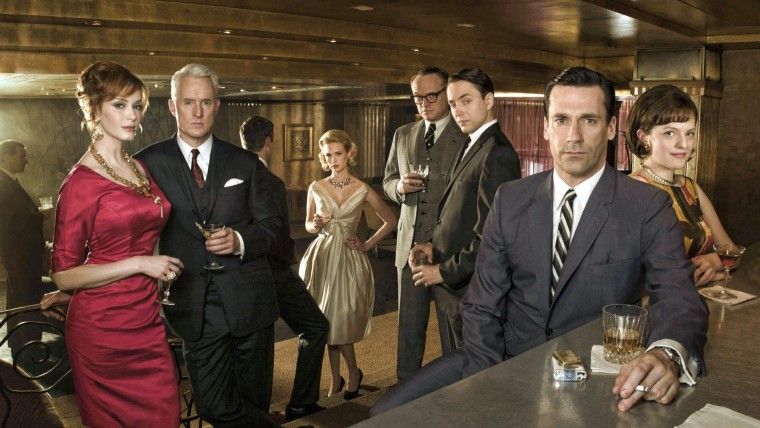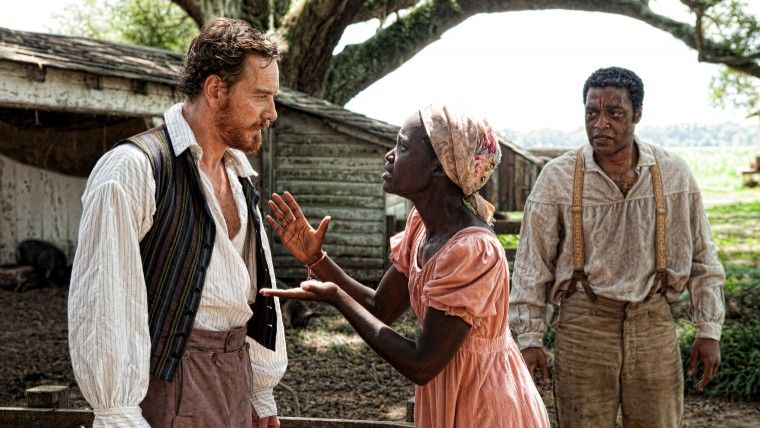For much of the 20th century, Hollywood successfully propagated the notion that it was the Dream Factory of the world, even though many countries had thriving dream factories of their own.
If American cinema ruled markets and imaginations for so long, it was because it produced a continual stream of exportable stars and because it had at least three genres – the Western, the studio musical, film noir – that could legitimately be described as quintessentially American.
These days only one current genre can really be considered specifically American – the superhero movie, an industrial product par excellence that critics often deride as the last word in commercial cynicism. The problem is such films may attract huge audiences, but not necessarily captivate them, which often means disappointing long-term performances beyond spectacular opening weekends.
This August, trade organ Variety reported that US summer box office figures had been their lowest in eight years and anxious studios, while placing their faith in the next batch of blockbusters, have recognised that even such high-profile fodder as this year’s The Amazing Spider-Man 2 and the successful, widely liked Guardians of the Galaxy were not fail-safe passes to a healthy future.
Over the last 20 years, Hollywood has undeniably provided innovations that made the world see cinema differently, for example in James Cameron’s Avatar (2009) which, for better or worse, pushed 3D-digital cinema to new limits, and in the rise of computer animation, heralded by Pixar’s Toy Story (1995), which brought to fruition a new technology for creating images.
CRISIS OF IMAGINATION
But such breakthroughs are rare and in the 2010s it is hard to shake off the feeling that American cinema overall is suffering a crisis of imagination. In the nineties, a generation of new voices emerged from the independent scene showcased by the annual Sundance Film Festival, among them, Spike Lee, Quentin Tarantino and Todd Haynes. But that sector is significantly more staid than it was. And we have come a long way from the nonconformist thinking of the 1970s, when directors such as Francis Coppola, Robert Altman and Steven Spielberg re-energised the American mainstream, although the latter ended up putting a new commercial orthodoxy in place.
Today, Hollywood looks obsessively to the past: it’s no accident that two of 2014’s major hits, Dawn of the Planet of the Apes and 22 Jump Street, are spin-offs from a sixties-seventies franchise and an eighties TV cop show respectively.
So is there still innovation and inspiration in US image-making? Indeed there is, but they are largely to found on the small screen, specifically in the long-form television drama that over the last decade has decisively caught the world’s imagination.
A successful deal would cut tariffs and reduce regulatory barriers between the two continents
When commentators attempt to take America’s cultural pulse, they are more likely to look to TV than film. Witness New York Times critic A.O. Scott whose recent essay, The Death of Adulthood in American Culture, begins by taking Mad Men as its key text. A show set in the 1960s that nonetheless speaks indirectly, but tellingly, about present-day American mores, Mad Men has helped create today’s cultural climate in which conversations between adults are more likely to be about TV box sets than about watching films or reading novels.
The current flood of high-quality serial drama clearly appeals to older viewers, who are more likely to stay at home than buy popcorn at the multiplex. It also satisfies a thirst for complex extended narrative, reviving the addictive appeal of the 19th-century novel.
The range of what is now being made, and instantly on tap, thanks to online and TV outlets such as Netflix and Sky Atlantic, is extraordinary. As well as a swathe of stories rooted in contemporary American reality – The Sopranos, Breaking Bad, Homeland, True Detective – there are also assorted shades of fantasy – American Horror Story, Lost, Game of Thrones.
There is a significant new wave of programmes focused on female experience, run by and written by women – Orange is the New Black, The Good Wife, Girls – and the more traditionally melodrama-styled Nashville, created by Thelma and Louise writer Callie Khouri. With the boom in quality cult drama heralded nearly 25 years ago by David Lynch’s Twin Peaks, TV has continued to attract major big-screen directors: Martin Scorsese, who launched Boardwalk Empire, Stephen Soderbergh with J Street and The Knick, and now David Fincher, soon to launch an American version of Channel 4’s paranoid thriller series Utopia for cable network HBO.
GENERATION OF NEW STARS
TV has created a generation of new stars both in drama – the Mad Men cast, Breaking Bad’s Bryan Cranston, Nashville’s Connie Britton – and comedy – Parks and Recreation’s Amy Poehler, 30 Rock’s Tina Fey. It has also brought into the spotlight a host of revered “show runners”, writer-producers who call the shots on their series. They are widely regarded as auteurs to rival their cinema counterparts. Among them are David Simon, of The Wire and Treme, Matthew Weiner, of Mad Men, fantasy gurus J.J. Abrams, of Lost, and Joss Whedon, of Buffy the Vampire Slayer, who have both made the move to big-screen directing, and Lena Dunham, creator and star of Girls, who started out as an indie film-maker.
By comparison, the US movie industry is dangerously reliant on recycling old ideas for the widest possible box-office appeal. That is partly because its financial success relies on making visually impactful films with inbuilt brand recognition. These are films designed to work internationally and specifically in Asian markets, on which the global film industry is increasingly dependent, hence the reworking of Japanese themes in recent blockbusters Pacific Rim and Godzilla.
Nevertheless, American cinema has a history of renewing itself. The challenge of TV drama, fostering the emergence of a more discerning adult audience, can only encourage a renewal of more complex narrative – witness David O. Russell’s intricate comedy-thriller American Hustle and Spike Jonze’s futuristic Her.
Production companies, such as Focus Features and Annapurna Pictures, the latter responsible for Her and Paul Thomas Anderson’s The Master, specialise in up-market sophistication. Serious pictures are still made and dominate the annual awards season; for example, Steve McQueen’s austerely realistic 12 Years a Slave.
But films also sometimes emerge that defy categorisation, notably the work of Wes Anderson. He is America’s most cosmopolitan director and his recent hit The Grand Budapest Hotel was steeped in cinematic and literary traditions, as well as European history.
It’s worth remembering too that American cinema has always fuelled itself on imported ideas and talent. Just as Hollywood in its black-and-white golden age was boosted by an influx of émigré writers, directors and producers, many of today’s A-list Hollywood directors similarly began elsewhere – Ang Lee in Taiwan, Christopher Nolan and Sam Mendes in the UK, and Alfonso Cuaron in Mexico.
However, the occasional film still stands out as being thoroughly American in its inspiration. One of this year’s outstanding works, Richard Linklater’s Boyhood, ostensibly belongs to a standard strain of Americana – a Texan coming-of-age story. But it is also an experimental film, shot intermittently over 12 years, so that we watch hero Mason, played by young newcomer Ellar Coltrane, ageing from five to eighteen. Boyhood has affected audiences worldwide with its insights into the human condition; insights that are universal, yet as fundamentally of their native culture as Huckleberry Finn. Linklater’s film offers gladdening evidence that there’s life in the American screen yet.
CRISIS OF IMAGINATION

GENERATION OF NEW STARS

